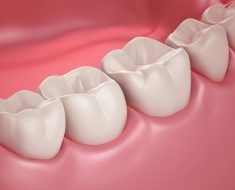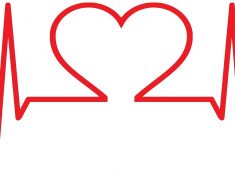In-home rehabilitation, using a telehealth system and supervised by licensed occupational/physical therapists, is an effective means of improving arm motor status in stroke survivors, according to findings presented by University of California, Irvine neurologist Steven C. Cramer, MD, at the recent 2018 European Stroke Organisation Conference in Gothenburg, Sweden.
“Motor deficits are a major contributor to post-stroke disability, and we know that occupational and physical therapy improve patient outcomes in a supervised rehabilitation program,” said Cramer, a professor of neurology in the UCI School of Medicine. “Since many patients receive suboptimal therapy doses for reasons that include cost, availability, and difficulty with travel, we wanted to determine whether a comprehensive in-home telehealth therapy program could be as effective as in-clinic rehabilitation.”
In a study conducted at 11 U.S. sites, 124 stroke survivors underwent six weeks of intensive arm motor therapy, with half receiving traditional supervised in-clinic therapy and half undergoing an in-home rehabilitation program supervised via a videoconferenced telemedicine system.
Subjects were on average 61 years old, 4.5 months post-stroke, and had moderate arm motor deficits at study entry. When examined 30 days after the end of therapy, subjects in the in-clinic group improved by 8.4 points on the Fugl-Meyer scale, which measures arm motor status and ranges from 0 to 66, with higher numbers being better. Subjects in the telerehab group improved by 7.9 points, a difference that was not statistically significant.
“The current findings support the utility of a computer-based system in the home, used under the supervision of a licensed therapist, to provide clinically meaningful rehab therapy,” Cramer said. “Future applications might examine longer-term treatment, pair home-based telerehab with long-term dosing of a restorative drug, treat other neurological domains affected by stroke (such as language, memory, or gait), or expand the home treatment system to build out a smart home for stroke recovery.”
He said that the demand for rehabilitation services will likely increase, due to an aging population and increased stroke survival as a result of better access to advanced acute care. Telehealth, defined as the delivery of health-related services and information via telecommunication technologies, can potentially address this growing unmet need.
“We reasoned that telerehabilitation is ideally suited to efficiently provide a large dose of useful rehab therapy after stroke,” said Cramer, whose research team is part of the NIH StrokeNet consortium.
This research builds on the findings of a pilot study of 12 patients with late subacute stroke and arm-motor deficits who were provided 28 days of home-based telerehab program. The results, published in November 2017 in the journal Neurorehabilitation and Neural Repair, found that patient compliance was excellent (97.9%) and participants experienced significant arm-motor gains (Fugl-Meyer scale increase of 4.8 points). The study also found that patients did not need any additional computer skills training due to the design of the telerehab system.
“Getting patients to remain engaged and comply with therapy is a key measure of success of any rehabilitation program,” Cramer said. “Greater gains are associated with therapy that is challenging, motivating, accompanied by appropriate feedback, interesting and relevant. Telerehab achieves this because therapy is provided through games, provides user feedback, can be adjusted based on individual needs, is easy to use—and is fun.”
Source: Read Full Article





